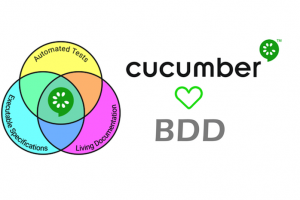
What is the Use of Data Driven Framework?
If we are talking about the different framework types, we are dealing with the data-driven framework. Being known widely, the data is the application that is flowing in different application’s layers and modules. With his, we have to think about the way on how we can structure the acquired data and then pass it to the layers.
These layers can either be a database, messaging engines, API, browser, IU and much more. And since we are merely focusing on the data test, we would be tackling where the do data driven framework is useful in the automation and what are the capabilities we would do so we can facilitate the data movement efficiently.
The data-driven framework is effectively used in the testing of a computer software. The test will help describe the test done using the table of the conditions that are direct as a verifiable output and test input, together with the process where the control and set in the test environment aren’t hard-coded.
At the simplest form, a tester is supplying the input from the row in table and then anticipating the outputs that happen in the similar row. Typically, the table is containing values that correspond to the boundaries or to the partition input space.
The databases that are used for the data-driven testing may possibly include the ADO objects, DAO objects and Data Pools.
Data is one of the most important aspects of the IT system, especially to the sectors like healthcare and financial. And it should be done very carefully. In terms of automation, we have to think about how we are able to set the data on a browser IU in the selenium. Perhaps many of us already are able to witness the numbers of samples in the Test Data when it comes to the data-driven capabilities.
There are already circumstances where we already have the data in the existing format and then we want to use that data again so we can set some values at the time the automation starts. This simply means that we have a different formatting of data. Good to know that there are already different types of formats available for you to use.
With the growing numbers of layers in the integrated application, the process might appear to become trickier depending on the amount of data every layer contains, particularly if every layer is managed by different teams, thus each user had different priorities and timelines. With this situation, we may more likely need to depend on the data visualization. And when it comes to the revision, the users can have the capability to effectively parse the data in any kinds of available formats, including Database, YML, JSON, XML, and Excel.
Also when it comes to the data structure, the hash (value pairs, key), arrays, and data tables are very helpful while the designing for the data driven framework is going on. These structures will help build loops and then repeat the set of actions in different sets of data.
Tag:Data Driven Framework, DDF



